Did Dr Jekyll turn into Jack the Ripper? Besides becoming evil Mr Hyde, did Robert L. Stevenson’s fictional creation morph into the serial killer who terrified Whitechapel? In a way, he did. A stage version of Stevenson’s novel was playing in the West End at the time of the East End murders. On stage, the actor who played both Jekyll and Hyde performed the switcheroo to such effect that women in the audience fainted. At the same time, the bodies of dead prostitutes — their internal organs expertly removed — caused many to surmise: a doctor did it. That good/bad doctor who was scaring everybody! A newspaper declared: ‘Mr Hyde is at large in Whitechapel.’ Some even pointed fingers at the actor, Richard Mansfield. Obscuring things further, hoaxers sent letters to the police, some signed ‘Jack the Ripper’.
The Victorians went gaga mixing real life and make-believe. In the days before reality TV — indeed, before TV — they blended fiction and non-fiction with gusto, especially where it concerned killings. Murder went meta. The historian Lucy Worsley demonstrated this in her BBC4 documentary A Very British Murder, which examined the nation’s fascination with true crimes and detective fiction. (She didn’t explicitly make the link between Victorians and reality telly but I, as a super-sleuth, made that deduction all by myself.)
The second episode of this three-parter held up a magnifying glass to the 19th century. Charles Dickens was obsessed with the London underworld, and followed detectives around as they went about their jobs. These detectives often wore disguises to fit in with the criminal class. Thus Dickens stalked the stalkers, and real cops and villains re-emerged in books such as Bleak House, disguised by different names. The scientific rigours of Arthur Conan Doyle’s Sherlock Holmes, meanwhile, spurred actual detectives to improve their fingerprinting skills. Wilkie Collins’s The Moonstone borrowed details from the Road Hill House murder, where a teenager killed her toddler half-brother.
Worsley got in on the role-playing herself. The impish presenter does this in all her documentaries, but this time the context gave it more theatricality than ever. Worsley was Jekyll on the stage, transforming into Hyde; she was an accused woman at court, protesting her innocence; she was one of Britain’s first fictional female detectives, taking off her crinoline to chase her suspect down a hole. She took us down the trail of the centuries, telling us the story of crime, and the story of the story of crime, checking out clues, showing us Exhibits A, B, C.
Who were the celebrities of Victorian reality TV? The detectives, of course — especially in sensational cases such as that of Dr Crippen, who killed his wife then took off with his mistress on a ship to Canada. The Great British Take-Off! He was pursued by a chief inspector in another vessel and arrested, as journalists kept tabs on the thrilling boat chase. The other reality stars were the public, who attended courtroom trials and executions as though they were days out at the theatre. They were also celebrity judges of a sort, sending letters to the police with their own whodunnit theories. Today we have Through the Keyhole, where we spy into celebrities’ homes: Victorians peered through the keyholes of their imagination, picturing real-life murders — and the murderers. Strictly Come Detecting! Everyone’s a private eye. Channel 4’s new Sex Box is a fluffy peepshow in comparison.
Then there were the writers and artists who dramatised everything. They often got in on the action, as Dickens with his detective-shadowing. Sometimes they made themselves actual stars: in a coming age, for instance — as Worsley showed in the third episode — Alfred Hitchcock would pop up in his own films, in one instance as a newspaper editor in The Lodger, writing headlines. The film was about the hunt for a Jack the Ripper-style serial killer.
The bubbly, shrewdly observant Worsley is impossible to dislike. In the third episode, she herself burst through the confines of documentary, springing to life as she declared her passion for the crime novels of Dorothy L. Sayers. (She likes the author for not shying away from goriness.) In general, her thesis was the fairly incontestable one that a ‘very British’ murder — at least, as portrayed in books such as those by Agatha Christie — is bloodless, happens in respectable surroundings such as country houses, and is eminently solvable.
It’s an enjoyable series that dealt with its morbid subject in a light-hearted way. Worsley has a cheeky schoolgirl, what-larks air about her. But that also proved a drawback — the presentation underpinned the cliché that the nation likes to keep a wry distance from murder. Everything is nicely circumscribed. Elementary, my dear! A Very British Murder is a very British documentary.
Got something to add? Join the discussion and comment below.
Get 10 issues for just $10
Subscribe to The Spectator Australia today for the next 10 magazine issues, plus full online access, for just $10.
You might disagree with half of it, but you’ll enjoy reading all of it. Try your first month for free, then just $2 a week for the remainder of your first year.


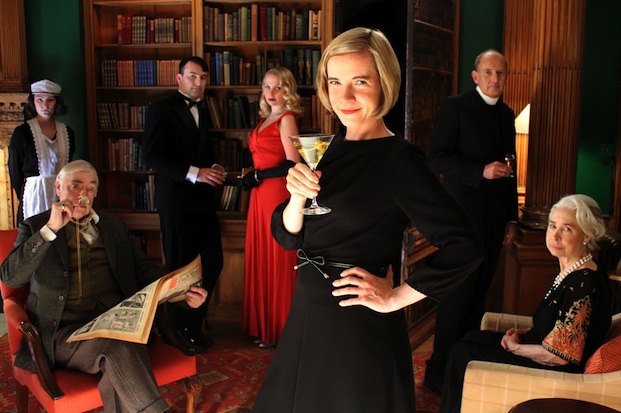
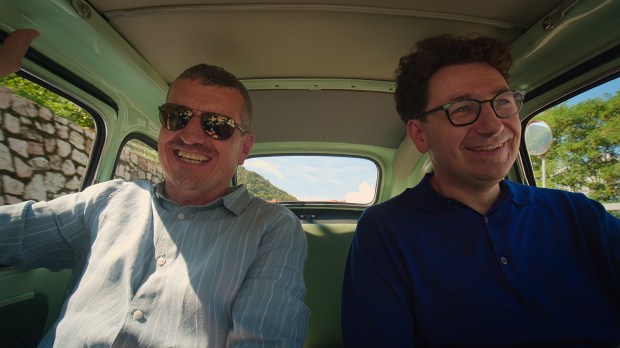
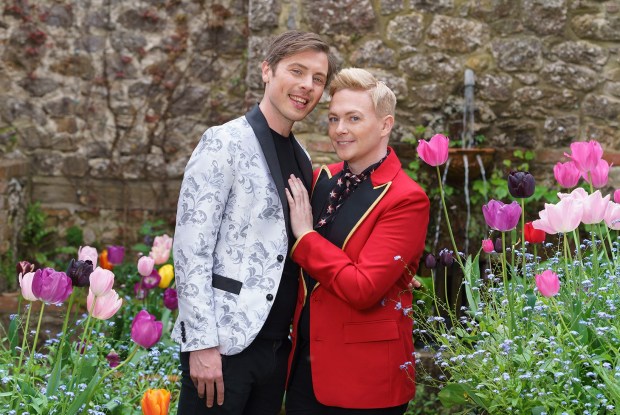
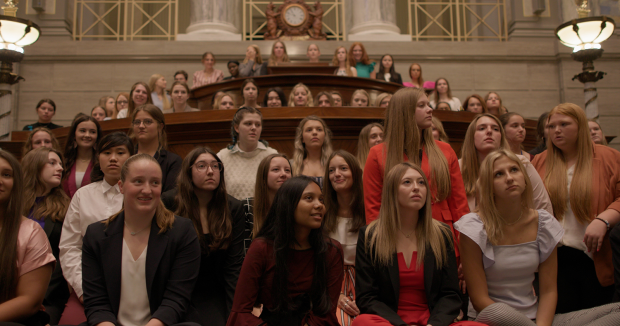
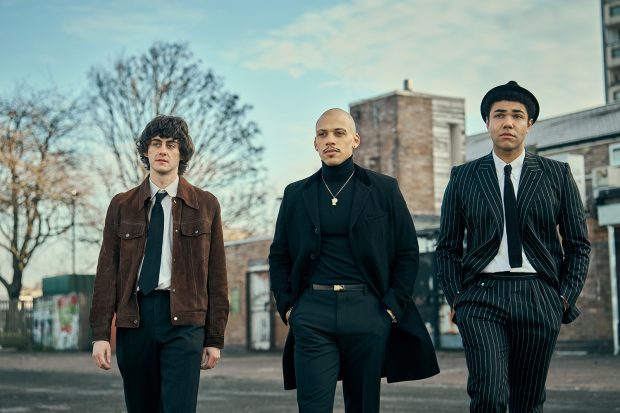
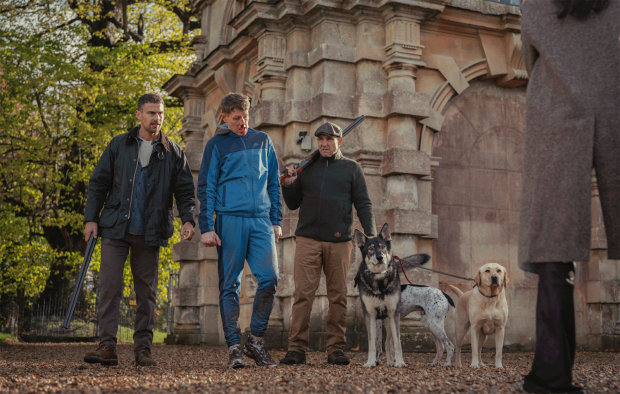
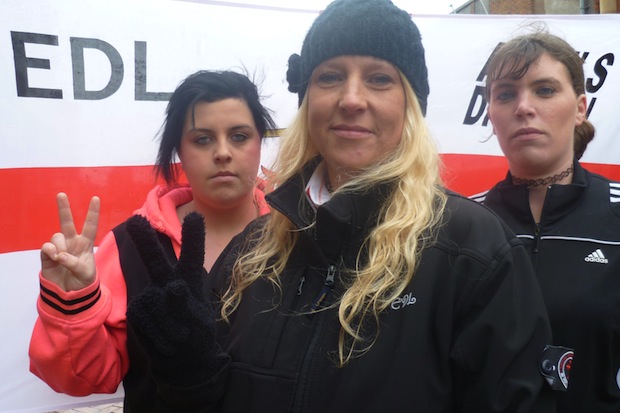






Comments
Don't miss out
Join the conversation with other Spectator Australia readers. Subscribe to leave a comment.
SUBSCRIBEAlready a subscriber? Log in